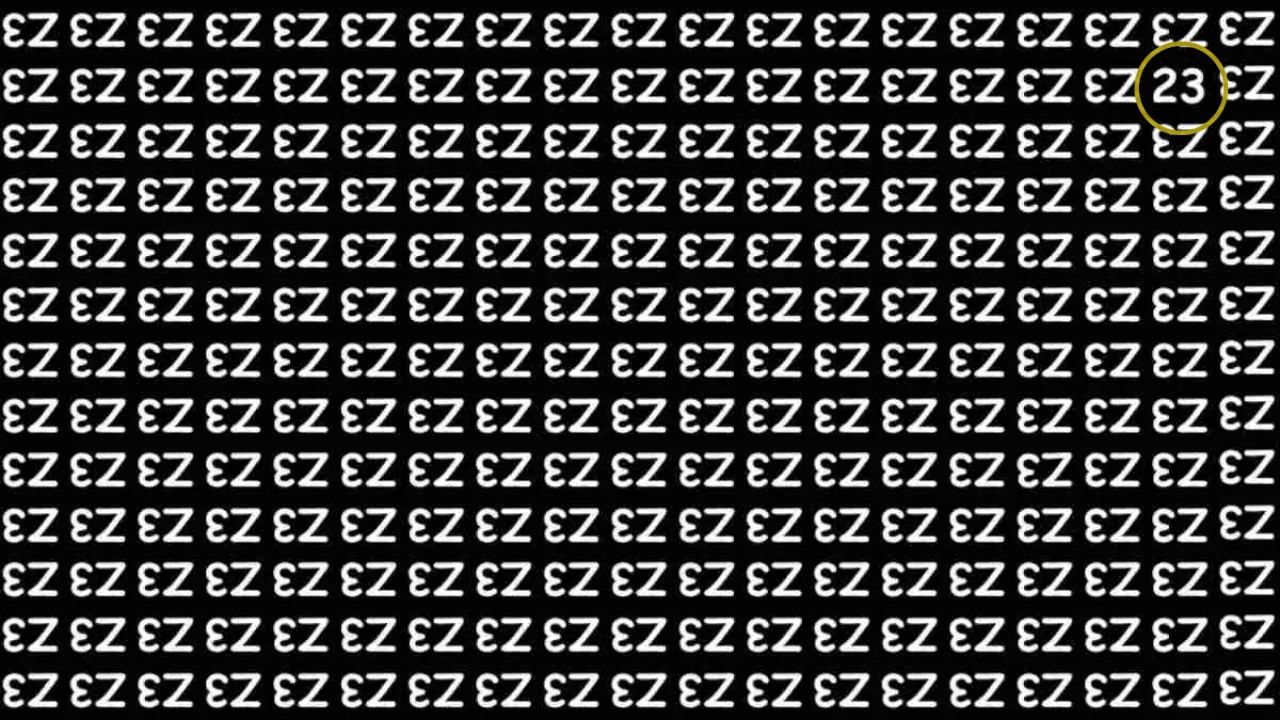A new optical illusion challenge has gone viral online, testing both eyesight and focus skills. The puzzle, which asks viewers to spot the hidden number 23 within just five seconds, has become a favourite among puzzle enthusiasts and casual browsers alike. The phenomenon has drawn attention not just for its difficulty, but also for its growing popularity across Australia, where people are sharing their results with friends and family on social media.
Why Optical Illusions Fascinate Us

Optical illusions have long intrigued scientists and psychologists because they reveal how the human brain processes what it sees. Sometimes our eyes take in more details than our minds can immediately compute, leading to interesting visual tricks. In challenges like this one, numbers or figures are hidden within patterns, colours, or distracting shapes. The test of spotting them quickly often appeals to our competitive instincts while also serving as a fun exercise in attention and concentration.
The Five-Second Challenge
The specific task of finding the number 23 seems simple on the surface. However, when the digits are cleverly concealed against a patterned or textured background, the challenge quickly becomes more engaging. Many participants report that they either find the number instantly or fail to see it at all until the timer runs out. The five-second limit is designed to heighten the difficulty, adding a sense of urgency that pushes the brain to focus more sharply.
Trending Across Social Media
On platforms like Facebook and Instagram, Australians have eagerly joined in the illusion trend. Users are sharing screenshots of the puzzle with captions about how fast they spotted the hidden digits—or how much longer it took them than expected. These community-driven challenges are part of a growing genre of online mental teasers, often grouped alongside sudoku puzzles, riddles, and word searches that encourage quick thinking.
Benefits Beyond Entertainment
While primarily designed for fun, experts say such puzzles can also provide small cognitive benefits. Mental tasks that involve speed, accuracy, and observation may strengthen short bursts of concentration and could even contribute to keeping the brain active as we age. Though they should not be mistaken for serious cognitive training, these optical challenges are a light way to stimulate the mind during a coffee break or commute.
A Global Trend With Local Appeal
While optical illusion challenges are shared worldwide, Australians in particular seem enthusiastic participants. Similar puzzles have surged in popularity during recent years when many people were spending longer hours online. Whether it is part of a morning routine or lunchtime entertainment, short-focus puzzles like the “Find 23” game continue to resonate with audiences looking for quick engagement.
Optical Illusion Answer

Finding the number 23 in under five seconds may seem like just a playful pastime, but its popularity highlights how optical illusions continue to delight and challenge our perception. For Australians keen to test their speed and attention—or to simply enjoy a light-hearted distraction—the viral puzzle has certainly delivered.